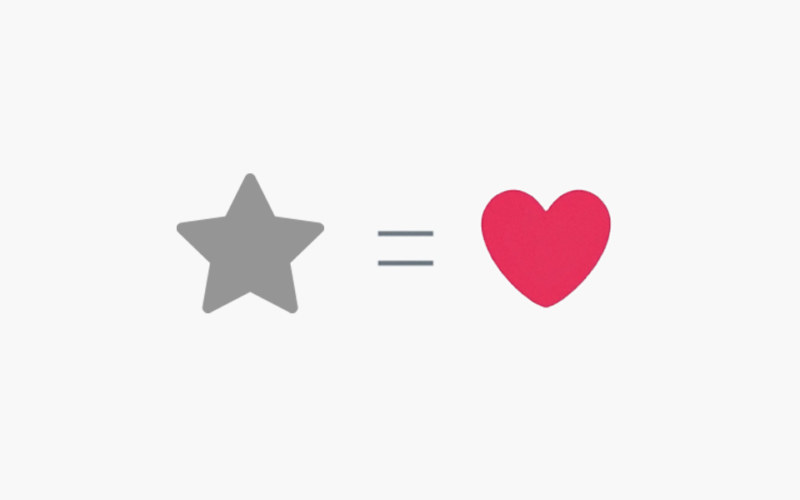Like, Favorite, Love Icon
Recently Twitter changed their beloved favorites star to a heart icon.
You can say a lot with a heart. Introducing a new way to show how you feel on Twitter: https://t.co/WKBEmORXNW pic.twitter.com/G4ZGe0rDTP
— Twitter (@twitter) November 3, 2015
This triggered my UX brain to think about what will prompt a user to provide feedback on social content. When designing websites and interfaces it is important to engage your audience in a meaningful way. Twitter is very well established and changing stars to hearts is not a big deal for them, but what if your site is new and you are trying to push content in a positive way? How do you gain more “likes, favorites, or hearts”?
The answer is simple, and it’s an answer I will give to a lot of things as a user centric designer. ALWAYS cater to your audience and your brand. If your brand is playful, then be playful. If your audience is a professional business or institution, then be more serious.
We recently had the opportunity to define the likes on the ATT Business Circle website. It is a space where businesses go to retrieve information about AT&T products as well as help from other businesses on topics such as running a small business and staying connected. The articles are both curated and user generated and the challenge was figuring out how each business would browse, rate and save the content. The site needed to be meaningful and serve as a place for the user to return to for answers.

The best icon for this was a smile. Smiles are friendly and often positive in a professional setting. The more the content received smiles, the higher rating it got on the Business Circle.


